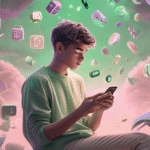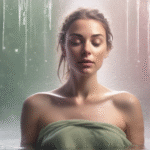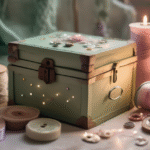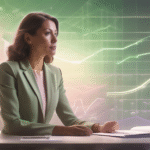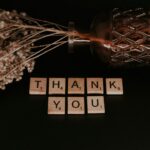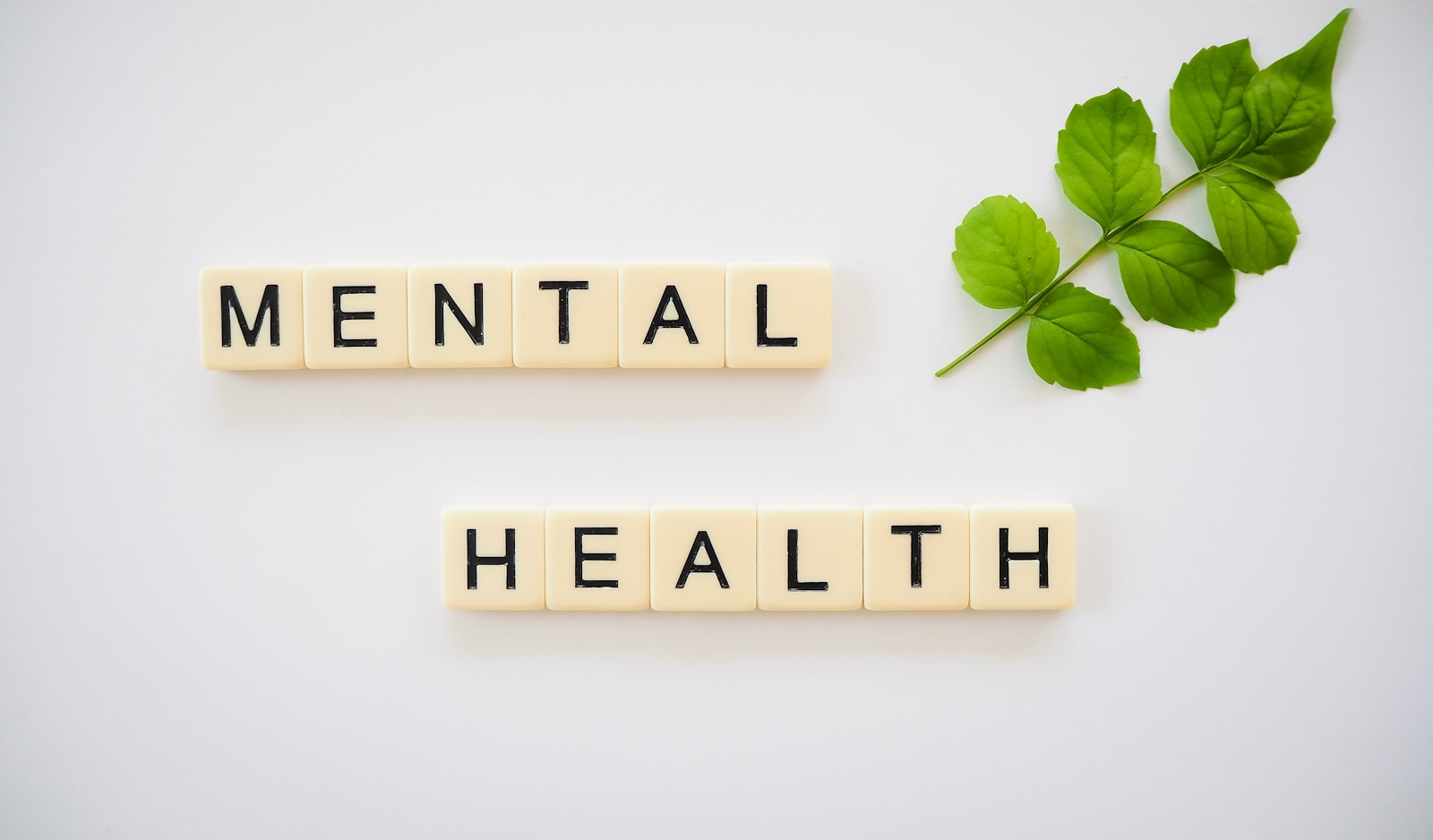AI and the Art World: Friend or Foe?
A Shifting Landscape
The world of art is changing. It’s always been a place of innovation, a reflection of us, and a space where boundaries get pushed. Now, a different kind of force enters the studio and the gallery: the machines. The rise of AI has sparked a lot of conversations. Is this a good thing, or something to be worried about? Is it going to help artists, or will it take their jobs? These are the questions that are bouncing around the art world right now.
The Tools of Creation Evolve
For centuries, artists have utilized tools to bring their visions to life. From charcoal and paintbrushes to cameras and computers, technology has always played a part. Now, AI offers a fresh set of instruments. Programs can generate images from text prompts, modify existing artwork, and even analyze artistic styles. Imagine typing a description like “a sunset over a cyberpunk city, painted in the style of Van Gogh,” and seeing a unique piece of art appear. This capability allows artists to experiment with ideas quickly, explore different aesthetics, and perhaps, overcome creative blocks. It’s like having a tireless assistant, ready to try out any concept, no matter how wild.
This isn’t just about making pretty images. AI can also assist in the technical aspects of art. For instance, it can help with color palettes, composition, and even the creation of 3D models. This frees up artists to focus on the core of their work: the ideas, the emotions, the storytelling. It’s about augmenting human creativity, not replacing it. It’s about giving artists more options and allowing them to work in ways they never could before. This is a really exciting prospect for a lot of people.
The Concerns: Job Security and Originality
One of the biggest worries is about jobs. If machines can create art, what does that mean for artists who make a living from their work? Will galleries stop showing human-made art? Will commissions dry up? These are legitimate concerns. The art world is competitive, and the introduction of a new player, especially one that can work around the clock, is bound to cause some anxiety. Some people are worried that the market will be flooded with AI-generated art, making it harder for human artists to stand out.
Another area of concern is originality. If AI is trained on existing art, does it simply regurgitate what’s already been created? Can something truly original come from a machine? There’s a debate about copyright too. Who owns the copyright of a piece of art made by AI? The person who wrote the prompt? The programmer who created the AI? Or does the AI itself have any rights? These are complex legal questions that need to be answered as this technology develops. There are no easy answers, and the legal system is still trying to catch up.
It’s not just about the legal stuff. There’s also the question of what art *means*. What is the value of art if it’s not created by a human with emotions, experiences, and a unique perspective? Does art need to be made by a person to have meaning? This is a philosophical question, and there’s no easy answer. Some people believe that art made by machines can be just as meaningful as art made by humans, while others think that the human element is essential.
A Spectrum of Reactions
The response to AI in art is varied. Some artists are embracing it, seeing it as a powerful tool to expand their creative capabilities. They are experimenting with the technology, using it to generate ideas, create new forms, and push the boundaries of what’s possible. They’re finding ways to integrate AI into their workflow, using it to support and enhance their existing skills. These artists are excited about the potential of AI and are eager to explore its possibilities.
Other artists are more cautious, even skeptical. They worry about the impact on their livelihoods and the devaluation of human creativity. They might feel threatened by the machines, seeing them as a competitor. Some are concerned about the ethical implications of AI in art, such as the potential for plagiarism and the lack of transparency in the creative process. They might be reluctant to adopt the technology, preferring to stick with traditional methods.
Then there are those who are somewhere in the middle. They recognize the potential of AI but also acknowledge the challenges. They are taking a wait-and-see approach, observing how the technology develops and how it affects the art world. They are open to the possibility of using AI in their work, but they are also careful about how they integrate it. They want to make sure that AI is used responsibly and ethically.
The Human Element Remains Vital
Even with all the advancements in AI, the human element remains crucial. The machines may be able to generate images, but they lack the emotional intelligence, the lived experiences, and the unique perspectives that drive human creativity. AI can replicate styles, but it can’t truly understand the meaning behind them. It can mimic human expression, but it can’t feel. The best art, the art that resonates with us, often comes from a place of deep emotion, personal experience, and a desire to communicate something profound.
The role of the artist is changing, but it’s not disappearing. Artists are becoming curators, editors, and collaborators. They are using AI as a tool to realize their visions, but they are still the ones who are making the decisions about what to create and how to present it. They are still the ones who are bringing their unique perspectives to the work. The human touch – the intention, the emotion, the story – is what makes art meaningful.
It’s also important to consider the role of the audience. Art is a conversation between the artist and the viewer. It’s about sharing ideas, emotions, and experiences. The audience brings their own perspectives, interpretations, and feelings to the work. AI can create art, but it can’t experience it. It can’t be the audience. The human connection is what makes art powerful and meaningful. It’s about the shared experience.
The Future: Collaboration and Evolution
The future of art is likely to involve a collaboration between humans and machines. Artists will use AI as a tool to enhance their creativity, explore new possibilities, and push the boundaries of what’s possible. AI will become an integral part of the creative process, but it will not replace the human element. The artist will remain the driving force, the one with the vision, the one who is making the choices. The machines will be the assistants.
The art world will continue to evolve, adapting to the changing technological landscape. New forms of art will emerge, and new ways of experiencing art will be developed. The definition of art may change, but the fundamental human desire to create and appreciate beauty will remain. The art world is a dynamic place, always changing and adapting. It’s a place where anything is possible, and where the only limit is imagination. The arrival of AI is just another chapter in this ongoing story.
The key is to approach this new technology with open minds and a willingness to learn. Artists need to understand the capabilities of AI, but also its limitations. They need to be prepared to experiment, to take risks, and to embrace the unknown. They also need to be aware of the ethical implications of AI in art and to use the technology responsibly. The art world is a place of innovation, and AI is just the latest example of this. It’s a tool, and like any tool, it can be used for good or for ill. The important thing is to use it wisely.
The debate about AI in art is far from over. There are many questions that still need to be answered, and many challenges that still need to be addressed. But one thing is certain: AI is here to stay. It’s changing the art world, and it’s changing the way we think about art. The best thing we can do is to embrace the change, to learn from it, and to make sure that the human element remains central to the creative process.
One thing is for certain, the art world will look very different in ten years. The exact nature of that difference remains to be seen, but the presence of AI will undoubtedly play a significant role. It’s a time of both excitement and uncertainty, a time when the boundaries of art are being redefined. The future is being written right now.
It’s important to remember that the art world is a big place, and there’s room for all kinds of art. There’s room for art made by humans, art made by machines, and art that combines both. There’s room for traditional art, digital art, and art that doesn’t fit into any of those categories. The most important thing is that art continues to be created, that people continue to be inspired, and that the conversation about art continues to evolve. The art world is a place of endless possibility.
